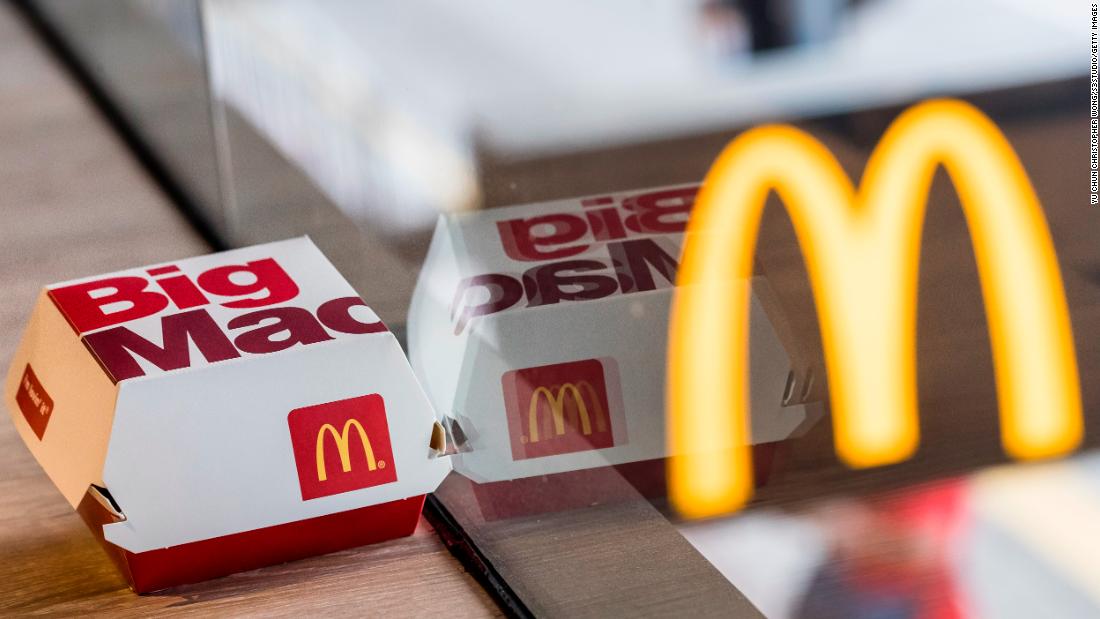[ad_1]
The Big Mac Index, released Wednesday, is rooted in the theory of purchasing power parity: Exchange rates reflect the value of goods a currency can buy. If currency X can buy an item at a lower price than currency Y, then currency X may be comparatively undervalued and currency Y could be overvalued.
The dollar’s strength isn’t new, but over the past six months, it has grown even stronger, the indicator shows.
The Russian ruble is the most undervalued against the dollar, by 65%, according to the Economist’s measure. A Big Mac in Russia costs 130 rubles, some $2, compared with $5.74 in the United States.
On the opposite side of the spectrum, Switzerland’s franc is the only currency that is overvalued against the buck. A Big Mac costs 6.5 francs in Zurich, about $6.6, which makes the franc 14% stronger than it should be, according to the purchasing power parity theory.
Measured by the ICE US Dollar Index, the buck has gained 0.9% this year, according to Refinitiv. In 2018, it was up 4%. Last year’s gains were driven for the most part by the Federal Reserve’s moves to increase interest rates. Higher interest rates make the assets of a country, including its currency, more attractive for investors.
This year’s turn by the Fed, which is now expected to cut rates, should weaken the dollar.
Politicians across the spectrum have noted the US dollar’s strength versus its rivals is a disadvantage to the competitiveness of the United States on the global market.
[ad_2]
Source link

